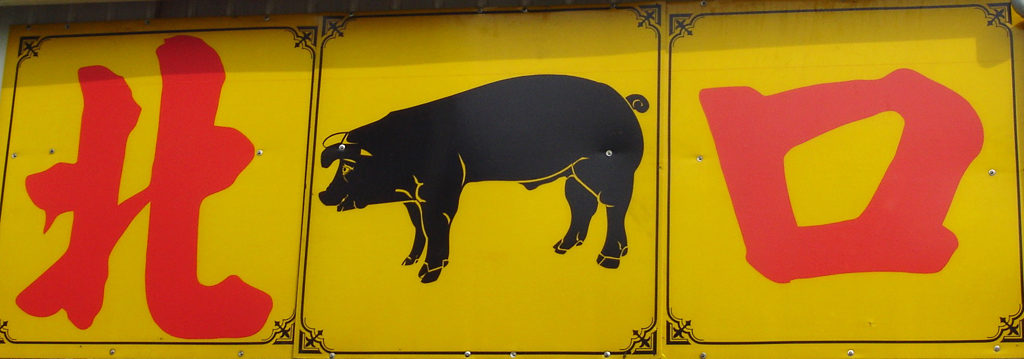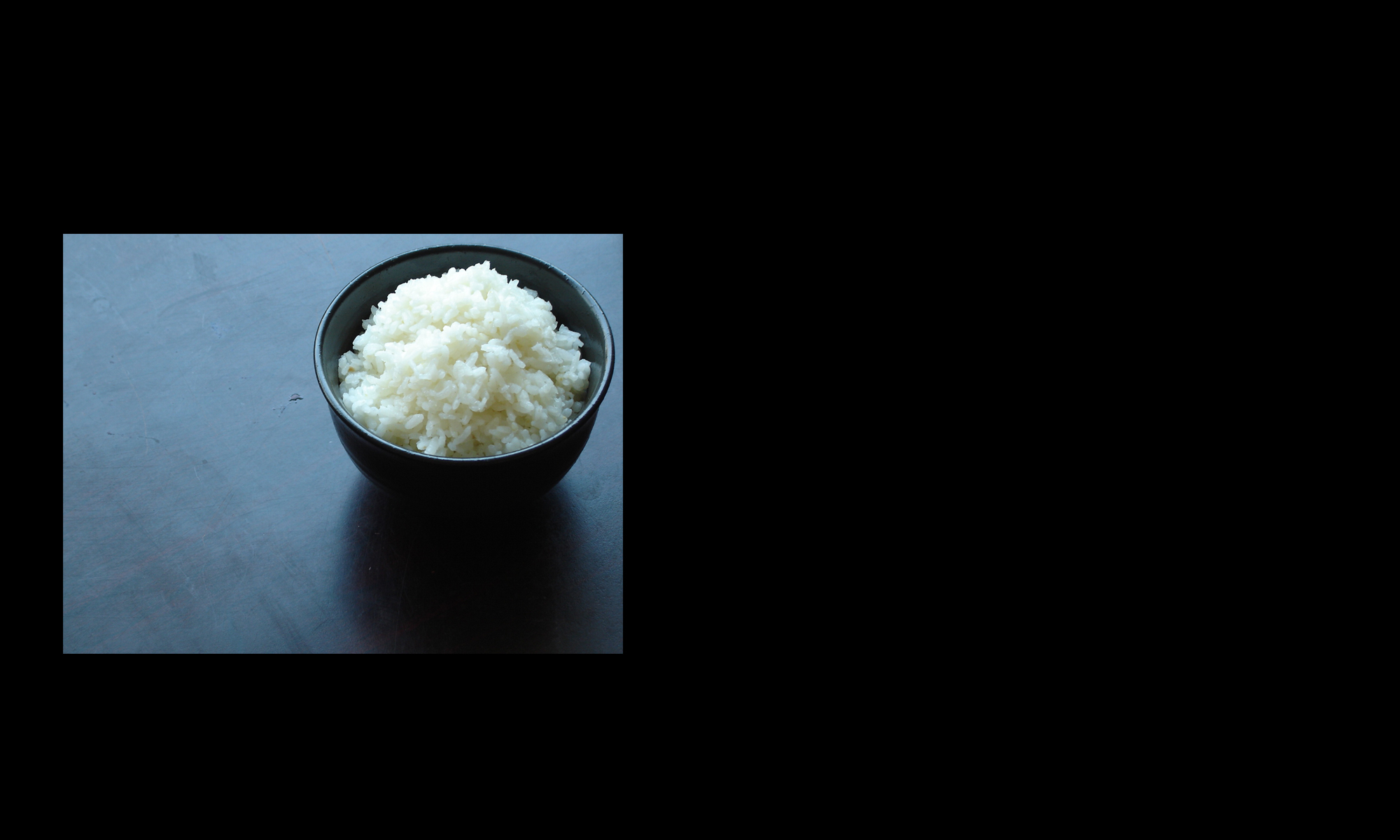Why China is a Nation of Pork Eaters

All through their history, Chinese have been dedicated eaters of pork – a brief historical look at the importance of the pig in Chinese cuisine.
Pigs were among the first animals domesticated for food in ancient China around 6000 BC. Excavations of the Zengpiyan Cave in Guilin, Guangxi turned up remains of what is believed to be the earliest evidence of the domesticated pig in the world. Today 8,000 years later, China still consumes far more pork than any other country, and not surprisingly, has the world’s largest pig population (700 million says one source). While other meat types are rapidly gaining in popularity, consumption of pork still accounts for a whopping 70 per cent of all meat eaten in China. Although these figures sound impressive, it is worth remembering that until recent, relatively more affluent times, the average individual in China never got to eat much meat of any kind.
The pig was once such an integral part of normal family life that writing the Chinese character for roof written above the one for pig, creates the word meaning home or family (家 jia).
The importance of the pig in the Chinese diet is reflected strongly in language. In days past, and still today, to some extent, any family home of the slightest substance would quarter at least one animal. The pig was once such an integral part of normal family life that writing the Chinese character for roof written above the one for pig, creates the word meaning home or family (家 jia).
Compared to grazing animals like sheep or cattle, the omnivorous pig is a super-efficient meat producer, one that can be tethered in a small space or left to scavenge by itself. In a crowded environment the pig is perfectly suited to life among a rural family. Pigs eat nearly anything remotely resembling food, including stuff that humans choose not to ingest or cannot digest – picture the classic image of the slop bucket and you get the basic idea. They can even derive nutrition from human excrement, eliminating a sanitary problem for their masters in the process (the pig’s own manure is quickly turned into fertiliser for the vegetable garden).
The character for meat is a synonym for pork. In other words, when the meat in a dish is unspecified, you can be almost certain that it will be pork. As an example, let’s take a dish everyone knows: fried rice. Pork fried rice in Chinese would read meat fried rice, with everyone understanding that meat refers to pork. All other meats, being less common are always identified clearly. Thus we get chicken fried rice or beef fried rice.
Almost all parts of the pig are used for food and any reasonably comprehensive list of dishes would be vast. Liver, kidney, and intestines are all commonly used, as is skin. Lard is still used as a cooking oil in some regions. Chinese produce ham, turn pork into sausages, and preserved pork belly has a bacon-like taste. Braised pig’s trotters and knuckles are popular dishes. Slabs of congealed pig’s blood are cut into cubes and used like tofu in soup. The pig is a symbol of virility, and so pork is used as a strengthening food for pregnant woman and new mothers.
For an interesting appetiser, try pig’s ear. The ear is cooked, then sliced very thinly, and perhaps served with slivers of young ginger and soy sauce. The texture is a slightly gnarly combination of skin and cartilage.
Despite its great usefulness to humans, the Chinese pig, like its European cousin, is often denigrated as lazy, greedy, dirty and stupid. In China, if you wish to question somebody’s intellectual capacity you would call the person a pig head.
Try these Chinese pork recipes
Dongpo Pork Recipe
Roast Pork Belly Recipe
More Information about pigs and pork
10 Surprising Facts About Pigs – The Pig Site
Pork 101: Nutrition Facts and Health Effects – Healthline
